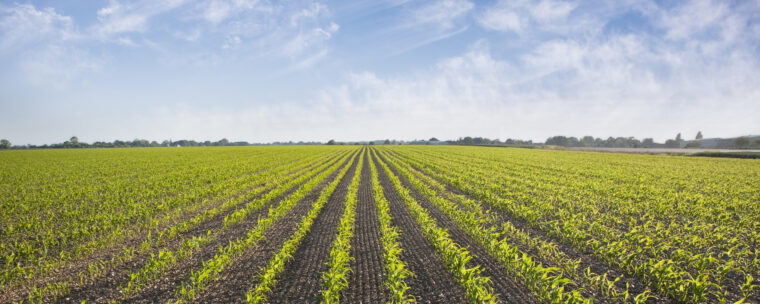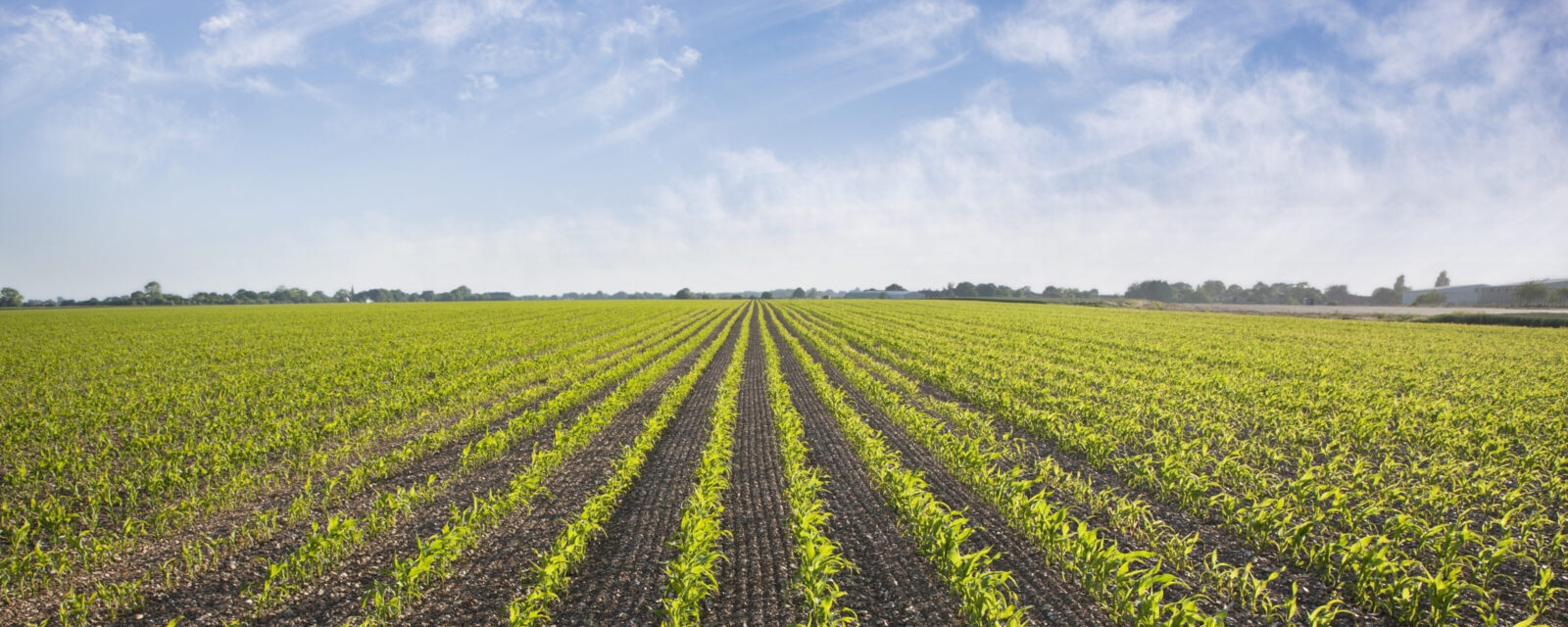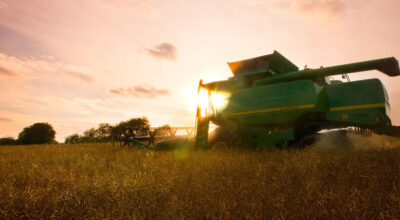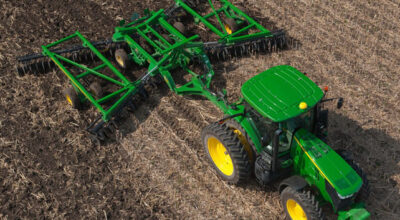When planting season ends, most of the general public might assume that farmers can sit back and relax before harvest. But that couldn’t be farther from the truth. As anybody in the agriculture industry knows, every season presents an opportunity to prepare for the next, and the growing season is no different.
What is a Growing Season?
A growing season is the period of the year during which the temperature, sunlight, and rainfall are adequate for regular plant growth. That said, there can be variations in when the growing season takes place for different crops and plants.

When is the Growing Season?
The growing season can be determined in two primary ways. In mild, temperate regions, this season is typically calculated by the average number of days between the last frost in spring and the first severe frost in autumn. It can also be determined by the average number of days that the temperature is high enough to allow a particular crop to sprout and grow. The right temperature does vary depending on the type of crop. For instance, while rice requires a temperature of at least 68 degrees Fahrenheit, wheat will sprout at just 40 degrees Fahrenheit.
How to Prepare for the Next Harvest Season
While it may seem as though the growing season allows time for rest and relaxation, it is, in fact, the opposite. To ensure they have a successful harvest season, farmers should take the time to prepare as soon as possible.
1. Create a Timeline
Each type of crop grows at its own pace, meaning farmers must plan accordingly. They should understand which crops will mature first. This will not only be impacted by the type of crop, but also whether the field was impacted by severe weather, insects, or disease in the previous season. If there is a crop or set of crops that have been damaged, farmers may want to add those to the end of their harvesting list, as their yields will already be lower than normal. By creating a plan for how the harvest season should go, farmers can ensure their growing season is a success.
2. Prepare Your Equipment
Just as farmers should plan ahead when it comes to their crops, they should also take the time to prepare their harvest equipment. Doing this will allow plenty of time to address any issues, should they be a factor. By checking augers, bins, engines, and other important parts of their machinery during the growing season, farmers can avoid wasting time once they get to the harvest season.
3. Keep Your Equipment Clean
One best practice to carry on from season to season is cleaning equipment before it goes into storage and once it is taken out. As the threat of certain crop diseases looms, farmers should take care to clean off any residue that could carry from one field to the next and cause any lasting damage.
4. Take Care of Weeds
Weed management should be a top priority for farmers during the growing season. Mitigating this issue can come in one of two forms – mowing and spraying. Mowing can be beneficial if you are able to cut weeds after they have grown above the height of the grass, but before they have filled out with seeds. In turn, this can ultimately help control their spread. A John Deere rotary cutter can be extremely effective in this task, especially when combined with a utility tractor.
Another option is spraying, which is a longer-lasting solution compared to mowing. With the help of a John Deere sprayer, farmers can apply a herbicide that will prevent the weeds from establishing roots and destroying their pasture. By using a piece of equipment with a large cutting width and tank, operators can cover a wide amount of land over a short period of time because they will not need to stop regularly to fill up the herbicide. This ensures a day that is as productive as possible.
5. Free Up Storage Space
Farmers can’t fill up their storage with the coming season’s grain if last year’s yield is still taking up all of the room. While there are several factors that go into how quickly grain can be moved out of storage, farmers should plan carefully to ensure grain quality is maintained and the area is ready for a new deposit.
6. Scout for Potential Issues
As previously mentioned, several factors impact how quickly crops mature during the growing season – this includes weeds, diseases, bugs, and severe weather. With this in mind, farmers must keep a close eye on their crops to ensure if there is a problem, it can be addressed as soon as possible.
7. Brush Up on Harvest Safety
Before starting up your harvesting equipment for the season ahead, farmers must ensure their machine meets all of the necessary safety standards. This includes checking to make sure parts are in good condition, looking out for excessive rust, sharp edges, missing pieces, and more. They should also be constantly aware of the jagged edges on threshing elements and augers – and encourage others to do the same – to ensure nobody gets injured.
Say “Farewell” to the Planting Season with John Deere
Agricultural producers know full well that maximizing yields takes time, but that doesn’t mean that they can’t be as efficient as possible along the way. This is especially true for those that use John Deere planting equipment to get the job done. As we move on from planting season and into growing season, let’s take a look at how our fans made the most out of the past months with John Deere.



